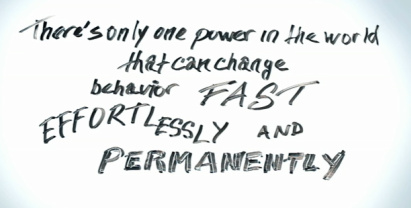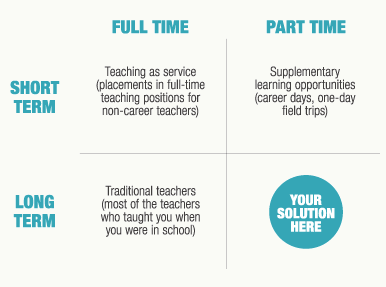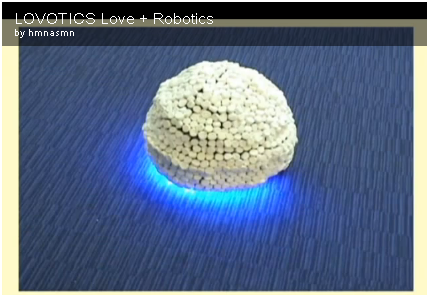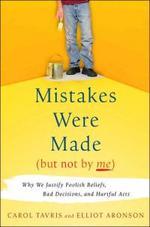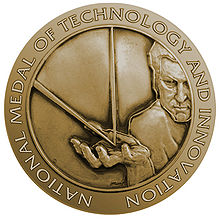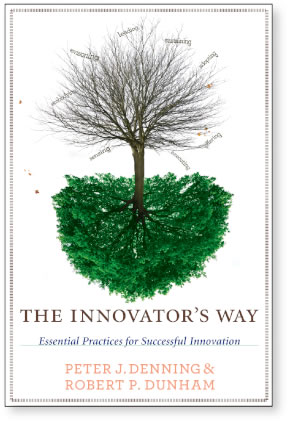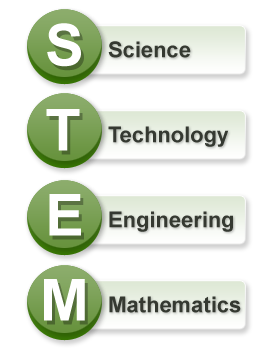The number one entrepreneurial opportunity in advanced countries around the world today is developing new services and experiences that produce lasting behavior change!
With rampant obesity, chronic illness, drug use, over spending, pollution, ethical lapses, wasteful energy use, poor educational outcomes and so on there is an unparalleled demand for solutions that produce positive and lasting behavior change for individuals and groups. The economic and social value associated with behavior change innovations easily swamps all the technology, life science and other sector innovation opportunities combined.
Behavior change innovations won’t come from computer programming, electrical engineering, physics or other atom-based sciences that have so successfully driven garage-based entrepreneurs. If they come from science it will be the neuron-based sciences such as cognitive psychology, behavioral science and neuroscience. But we likely don’t need any new science, or perhaps no science at all, to develop the innovations necessary to make the lasting behavior changes we want.
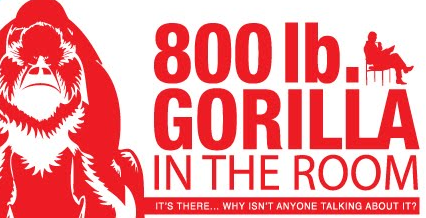 Many ordinary people have successfully regained their behavioral balance – lost weight, learned to control their spending, take medications as prescribed, save energy and so on. Not only can they positively influence behavior change in themselves but they guide similar changes in their family, friends, team members and sometimes communities. They do this without making any grand scale changes to the healthcare system, environmental law or other institutions. They work hard, learn from trial-and-error experience and persist until they find practical solutions for stopping, changing and avoiding behaviors. Sometimes these solutions scale into new businesses that help millions of other people. The Weight Watchers and 12-step programs started this way.
Many ordinary people have successfully regained their behavioral balance – lost weight, learned to control their spending, take medications as prescribed, save energy and so on. Not only can they positively influence behavior change in themselves but they guide similar changes in their family, friends, team members and sometimes communities. They do this without making any grand scale changes to the healthcare system, environmental law or other institutions. They work hard, learn from trial-and-error experience and persist until they find practical solutions for stopping, changing and avoiding behaviors. Sometimes these solutions scale into new businesses that help millions of other people. The Weight Watchers and 12-step programs started this way.
Behavior change innovations are not born of technical or scientific work and built into businesses by entrepreneurs working in a garage. They come from folk psychological insights and learning from experience and are built into business by entrepreneurs working in their living room.
It is likely that ordinary people have already cracked the code on many of our toughest behavior change challenges. They have reaped the rewards that millions of others need. It is tempting to think about doing a study to figure out what makes them successful and design programs to replicate their practices. This has been done many times with limited success. It fails to work (as many best practice transfer programs do) because it leaves behind the mental models, tacit knowledge and hard won passion and pride that is so essential to producing the change. What we need to do is enable such folks to become living room entrepreneurs so that they can infect others with the energy and tacit learning that holds the key to lasting behavior change.
How can we foster living-room entrepreneurship to drive the behavior change service innovation we so urgently need?

 In cognitive design we seek to understand deeply felt but unmet psychological needs and then create or remake artifacts to meet them. The TQM journal has an interesting article on Affective Design of Waiting Areas in Primary Healthcare that presents a good example. The researchers used the Kansei engineering method to uncover the psychology need to “feel calm” and…
In cognitive design we seek to understand deeply felt but unmet psychological needs and then create or remake artifacts to meet them. The TQM journal has an interesting article on Affective Design of Waiting Areas in Primary Healthcare that presents a good example. The researchers used the Kansei engineering method to uncover the psychology need to “feel calm” and…